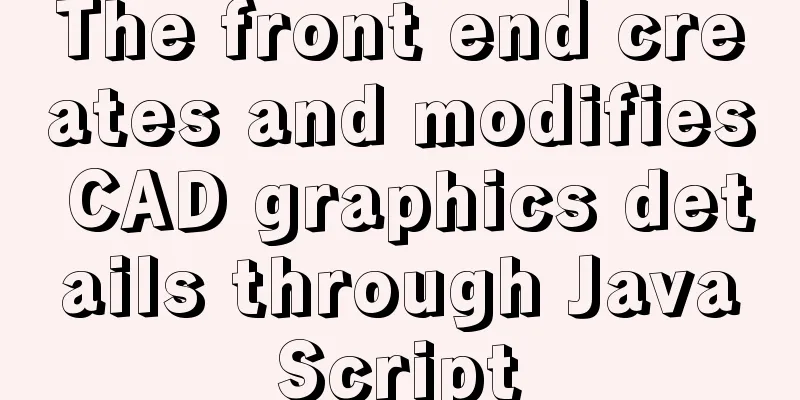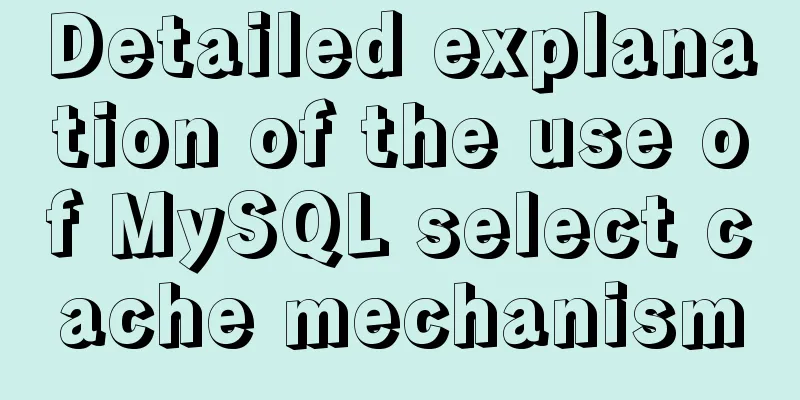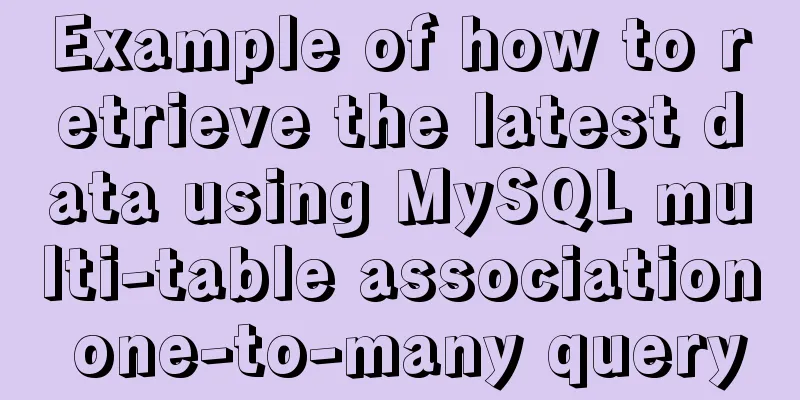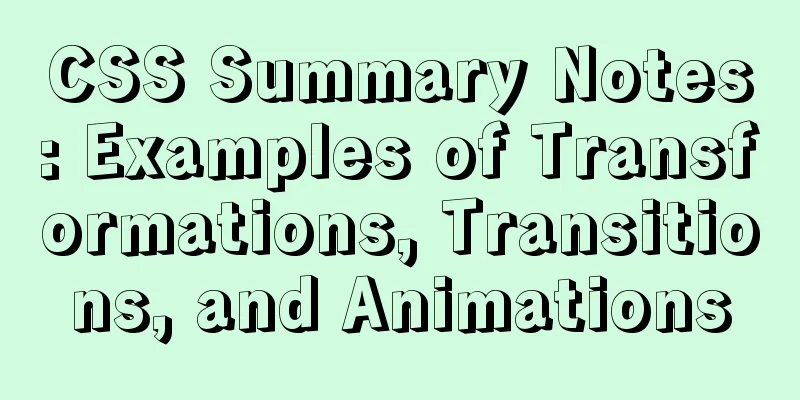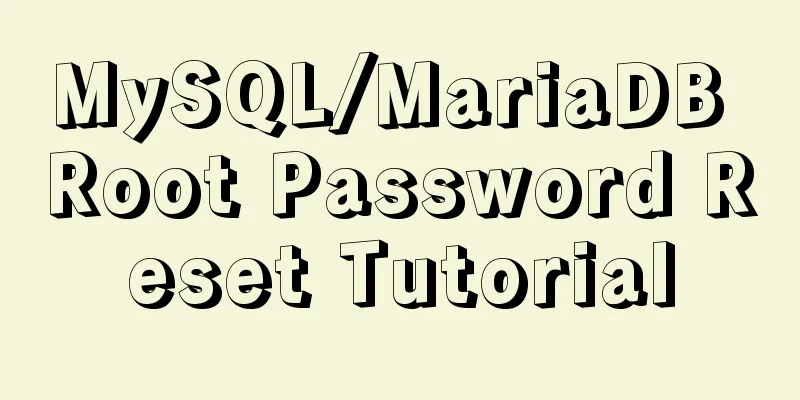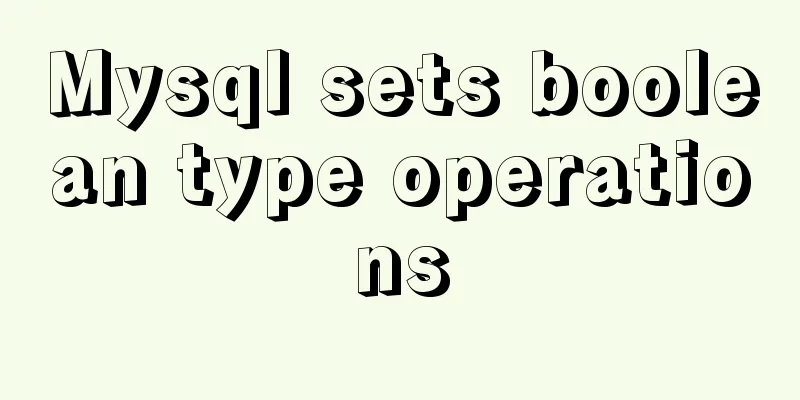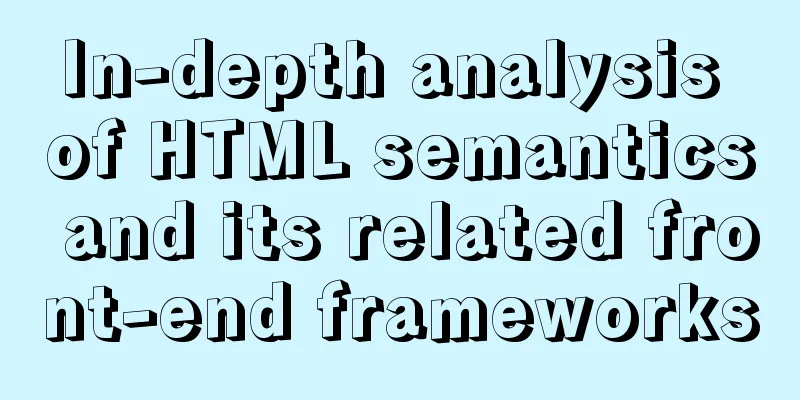W3C Tutorial (11): W3C DOM Activities
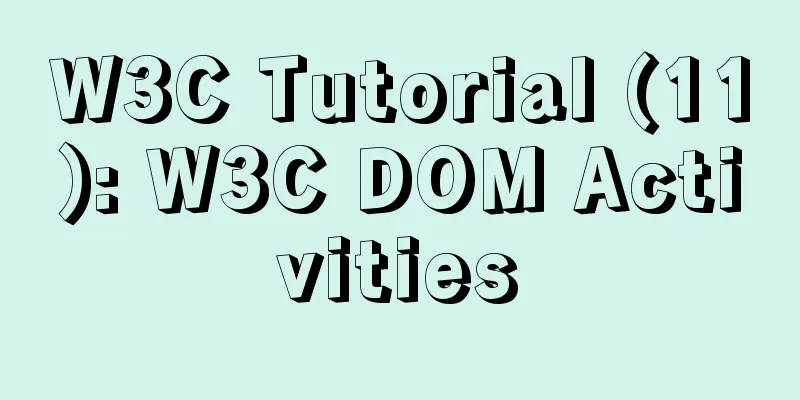
|
The Document Object Model (DOM) is a platform, a language-neutral application programming interface (API) that allows programs to access and modify the content, structure, and style of a document. The Document Object Model (DOM) is a platform, a language-neutral application programming interface (API) that allows programs to access and modify the content, structure, and style of a document. DOM Tutorials To learn more about DOM, read our HTML DOM Tutorial and XML DOM Tutorial. DOM Level 0 DOM Level 0 is not a W3C specification. It is merely a definition of equivalent functionality in Netscape Navigator 3.0 and Microsoft Internet Explorer 3.0. Key players in the development of DOM include: ArborText, IBM, Inso EPS, JavaSoft, Microsoft, Netscape, Novell, the Object Management Group, SoftQuad, Sun Microsystems, and Texcel. The W3C's DOM Level 1 builds on this functionality. DOM Level 1 DOM Level 1 focuses on HTML and XML document models. It contains document navigation and processing functions. DOM Level 1 became a W3C Recommendation on October 1, 1998. The second working draft was on September 29, 2000. DOM Level 2 DOM Level 2 adds the Style Sheet Object Model to DOM Level 1 and defines functionality for manipulating style information attached to a document. DOM Level 2 also defines an event model and provides support for XML namespaces. The DOM Level 2 specification was published as a W3C Recommendation on November 13, 2000: DOM Level 2 Core The DOM Level 2 core specifies an API for accessing and changing document content and structure, and this API also includes interfaces for XML. DOM Level 2 HTML DOM Level 2 HTML specifies an API for manipulating the structure and content of HTML documents. (This part of the specification is still a working draft) DOM Level 2 Views DOM Level 2 specifies an API for accessing and modifying document views. A view is a representation that is associated with the original document or an alternate representation. DOM Level 2 Style DOM Level 2 Style specifies an API for dynamically accessing and modifying content style sheets. DOM Level 2 Events DOM Level 2 Events specifies an API for accessing document events. DOM Level 2 Traversal-Range DOM Level 2 Traversal-Range specifies an API for dynamically traversing and identifying ranges of content in a document. DOM Level 3 DOM Level 3 specifies content models (DTD and Schemas) and document validation. Also specifies document loading and saving, document viewing, document formatting, and key events. DOM Level 3 builds on DOM Core Level 2. DOM Level 3 Requirements The DOM Requirements document has been updated for Level 3 requirements and was published as a Working Draft on April 12, 2000. The following DOM Level 3 Working Draft was published on September 1, 2000: DOM Level 3 Core DOM Level 3 Core specifies an API for accessing and modifying document content, structure, and style. DOM Level 3 Events The DOM Level 3 Events API extends the functionality of the Level 2 Event API by adding new interfaces and a new set of events. DOM Level 3 Load and Save The DOM Level 3 Content Model specifies APIs for content loading and saving, content models (DTD and Schemas), and document validation support. DOM Level 3 Views and Formatting DOM Level 3 Views specifies an API for accessing and modifying document views. A view is a representation that is associated with the original document or an alternate representation. W3C DOM Specification and Timeline | specification | Draft/Proposal | recommend | : : : : : : : : : : : : : : : : : : : : : : : : : : : : : : : : : : : : : : : : : : : : : : : : : : : : : : : : : : : : : : : : : : : : : : : : : : : : : : : : : : : : : : : : : : : : : : : : : : : : : : : : : : : : : : : : : : : : : : : : : : : : : : : : : : : : : : : : : : : : : : : : : : : : : : : : : : : : : : : : : : : : : : : : : : : : : : : : : : : : : : : : : : : : : : : : : : : : : : : : : : : : : : : : : : : : : : : : : : : : : : : : : : : : : : : : : : : : : : : : : : : : : : : : : : : : : : :
|---|
<<: Implementation of navigation bar and drop-down menu in CSS
>>: Docker installation and configuration image acceleration implementation
Recommend
Detailed explanation of how to create an updateable view in MySQL
This article uses an example to describe how to c...
How to construct a table index in MySQL
Table of contents Supports multiple types of filt...
Detailed tutorial on building a private Git server on Linux
1. Server setup The remote repository is actually...
The ultimate solution to the problem of Chinese garbled characters in tomcat static pages (html)
In tomcat, jsp is not garbled, but html Chinese i...
JavaScript implements page scrolling animation
Table of contents Create a layout Add CSS styles ...
An article to deal with Mysql date and time functions
Table of contents Preface 1. Get the current time...
JavaScript to achieve the effect of clicking on the submenu
This article shares the specific code of JavaScri...
Nofollow makes the links in comments and messages really work
Comments and messages were originally a great way...
The principle and application of MySQL connection query
Overview One of the most powerful features of MyS...
Several ways to encapsulate breadcrumb function components in Vue3
Table of contents Preface 1. Why do we need bread...
Use Html+Css to implement a simple navigation bar function (the navigation bar switches the background color when the mouse is encountered)
Ⅰ. Problem description: Use html+css to implement...
Comprehensive understanding of line-height and vertical-align
Previous words Line-height, font-size, and vertica...
How to configure virtual user login in vsftpd
yum install vsftpd [root@localhost etc]# yum -y i...
Summary of new usage examples of computed in Vue3
The use of computed in vue3. Since vue3 is compat...
Detailed explanation of data types and schema optimization in MySQL
I'm currently learning about MySQL optimizati...
